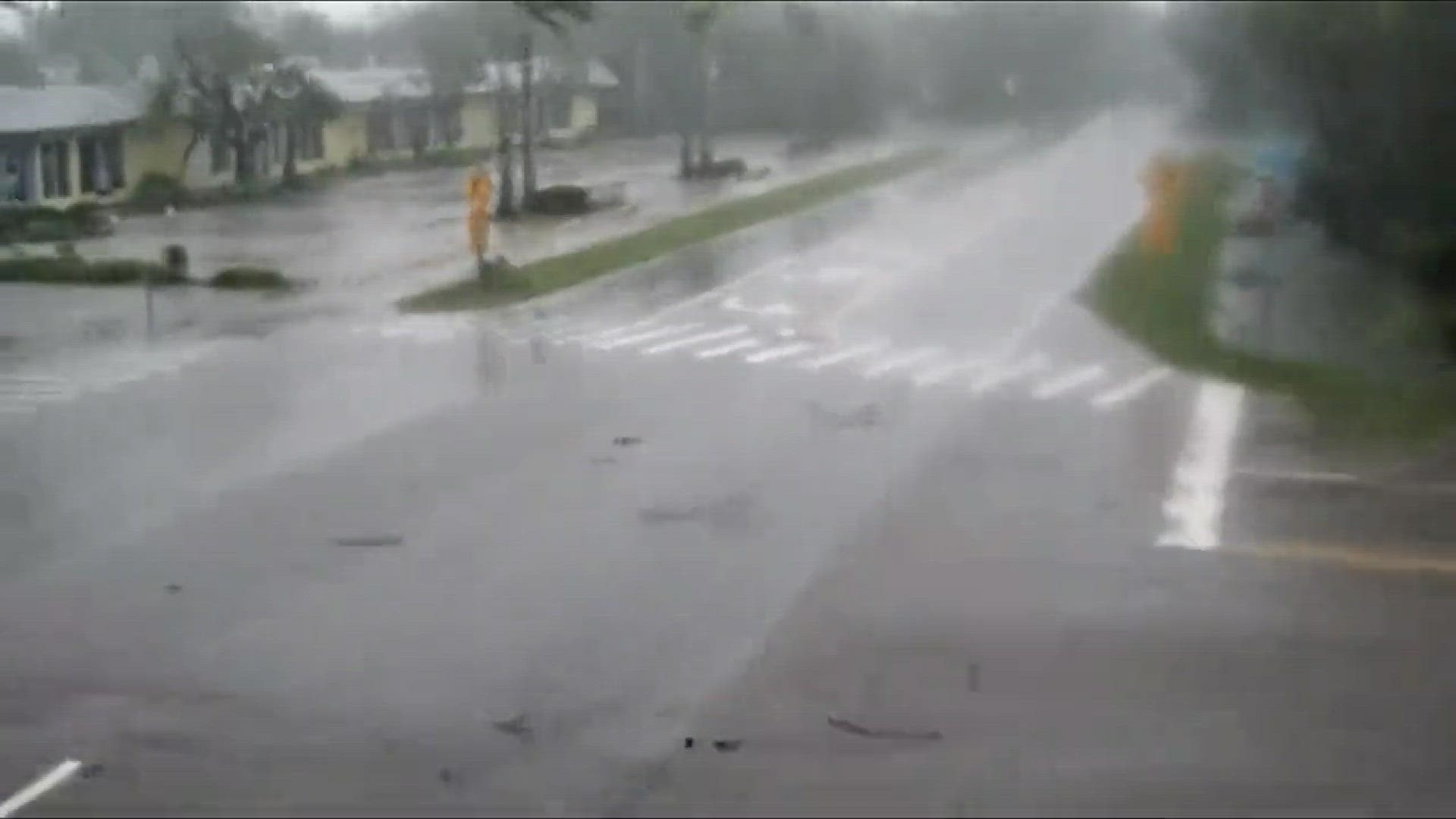ST. PETERSBURG, Fla. — It'll likely be many days and weeks before the number of deaths from Hurricane Ian becomes final, though two things are becoming increasingly certain: The major hurricane ranks among Florida's deadliest disasters, and water-related deaths may end up being the No. 1 killer.
President Joe Biden, speaking a day after the storm made landfall from FEMA's headquarters, said the major hurricane could be the deadliest in state history. That may not come true, and Gov. Ron DeSantis pushed back on that early assessment. Here's what happened in history:
Data from the National Hurricane Center shows the 1928 Okeechobee hurricane killed 1,836 people in Florida when the storm caused a 6-9 foot lake surge on Lake Okeechobee. It's believed many more people died — at least 2,500 people, according to later estimates.
The Red Cross reported that the Great Miami Hurricane of 1926 killed 372 people. At one point, the National Weather Service said, city residents left shelter and went outside to survey the damage but did not realize they were in the eye of the storm.
Category 5 Hurricane Andrew in 1992 is attributable to 43 deaths in South Florida, with the more recent Hurricane Irma causing 77 deaths statewide in 2017.
The Florida District Medical Examiners report as of Oct. 6 confirms 92 deaths are attributed to Hurricane Ian, with the highest number in Lee County — an area most heavily impacted by the storm's catastrophic storm surge and winds.
The hurricane's surge and rainfall — more than 10 inches of rain dumped across a wide region of the Florida peninsula — so far has proven to be a most deadly combination. About 60 percent of Ian-related deaths are attributed to drowning, according to medical examiners' latest line-by-line report.
"I don’t want to scare people, but they need to understand: The leading cause of death is going to be drowning," W. Craig Fugate, former head of the Federal Emergency Management Agency and the Florida Division of Emergency Management told The Washington Post. "Storm surge doesn’t sound inherently deadly unless you understand it."
In 2017, the National Hurricane Center began issuing storm surge watches and warnings to point out areas that would be at significant risk of life-threatening inundation from a tropical system. With population density increasing along coastal areas in recent decades, better communicating water-related impacts and the need for evacuations could lead to more lives being saved.

